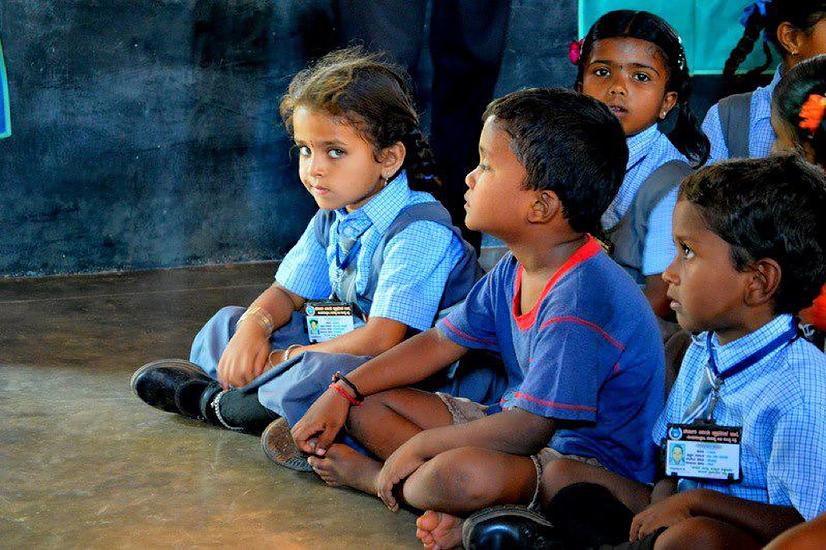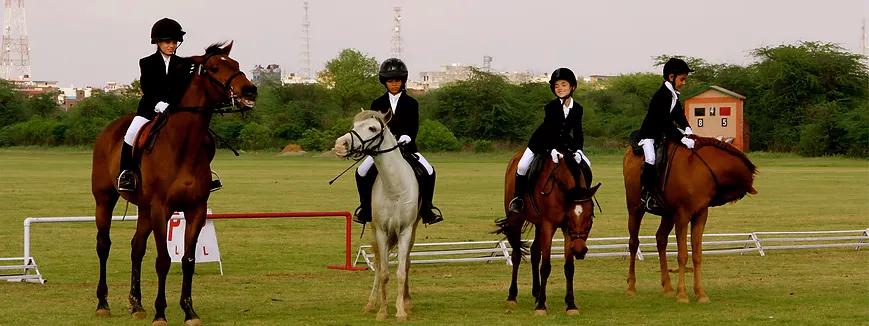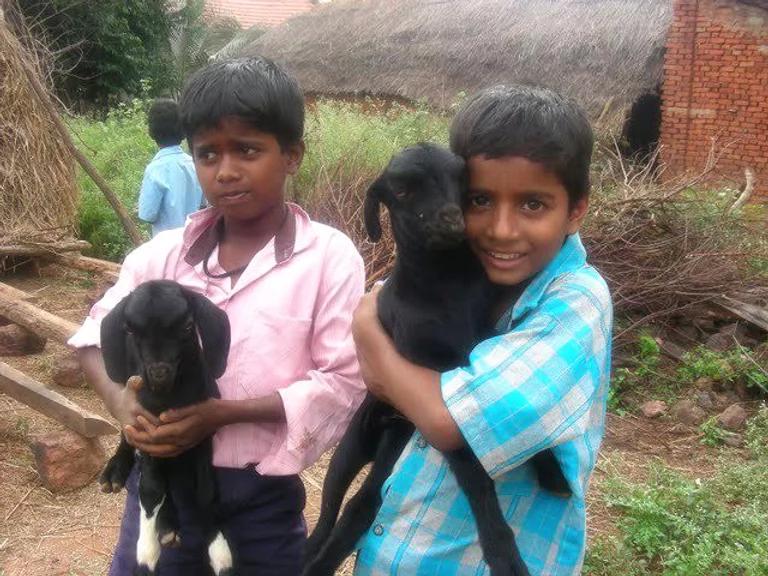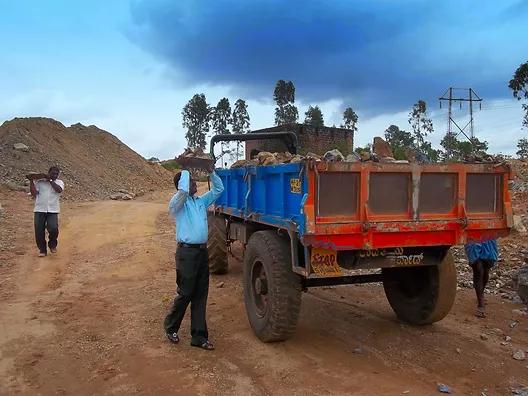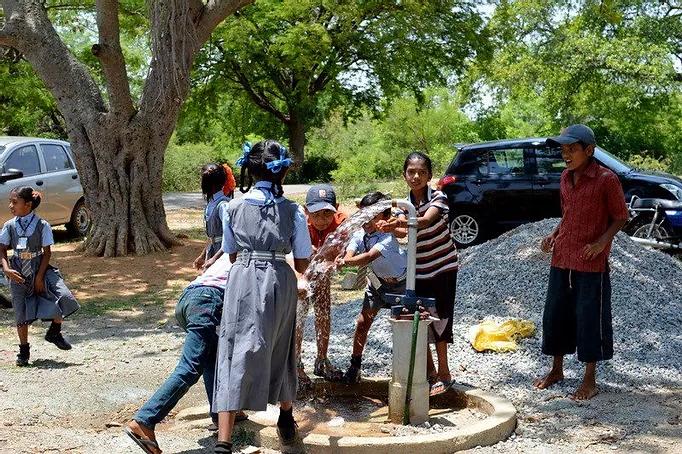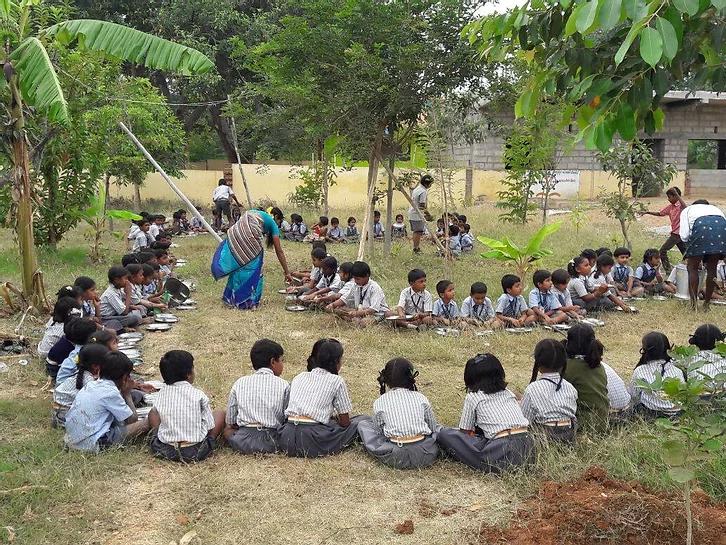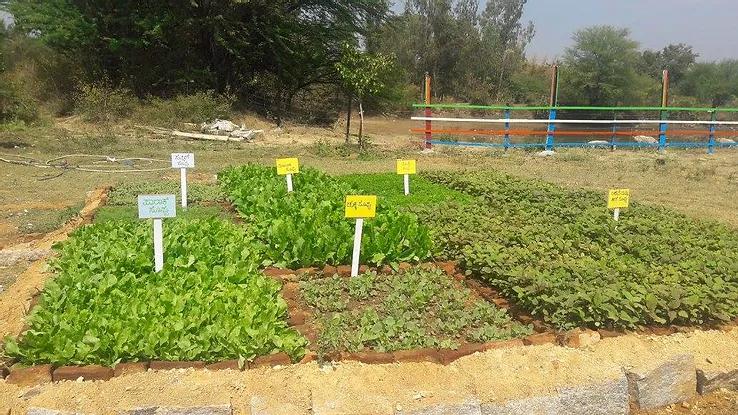Social polarization challenges! Can they lead to social innovation?
January 06, 2020 Posted By:
Pete
The process of segregation within a society emerging from poverty, social exclusion and income inequality has led to various social groups, from high-income to low-income. Each group will experience a different kind of upbringing and conflicting education. As a result, within the same society we see separate schools for different income groups. Many research studies have corroborated that students with higher income succeed more than those with low income.
A state run village school kids. Photo: Pete
Private school horse riders. photo: Adagio Riding Stables
Public school kids playing with goats. Photo: Pete
I am not going to debate here on social class systems nor going to discuss the best method of affirmative action. Imagine that I am a teacher and in my class if I have a bird, a monkey, an elephant, a fish and a penguin as my students. Now, I have to select a leader of the class and therefore I give my students a test. To be fair on the selection process, everybody has to take the same test. Accordingly, I show them a tree in a nearby park and ask them to climb it. Then, I choose the winner as the class leader. The big question I am going to pose is this a fair selection?
Let us at least be aware that our "system" is terribly flawed; we do not care for the originality of anybody. We are aware that it is in a person’s formative years that social attitudes are created. The kind of school where we get formal training determines our progression into a new social class! And in any nation if the overwhelming majority of people don't get an equal educational opportunity, then the nation ceases the opportunity to be called a progressive nation.
I grew up in a society which is very socially polarized. However, I am overwhelmed with gratitude to my parents and private schools from which I received my formal trainings. Many research studies have also corroborated the finding that family background, schools and friends are strongly correlated with one's transition to a progressive social class. However, not all are fortunate in the advancement towards a progressive social class. Therefore, as citizens of the society one should discover themselves as a part of a social obligation and participate in the idea of "Equality of Educational Opportunity"! This idea has been deeply rooted in my thoughts over a period of time. Therefore, I wanted to develop a model for social change and show how a state run school could be a ray of hope in forming a progressive social class!
With this idea in mind, along with my friends I started to engage with a nearby state run village school which had just one teacher. This particular school was very much an emotional issue for us because my friend had studied in this school and moved his way up with a very huge hardship. I still remember my first visit to the village. When I arrived at the nearby bus station, the school teacher picked me in his motorbike. Upon arriving at the school he introduced his eagerly waiting enthusiastic kids. The objective in front of us was to build a school with good campus facilities, quality education and to provide urban amenities and a green environment.
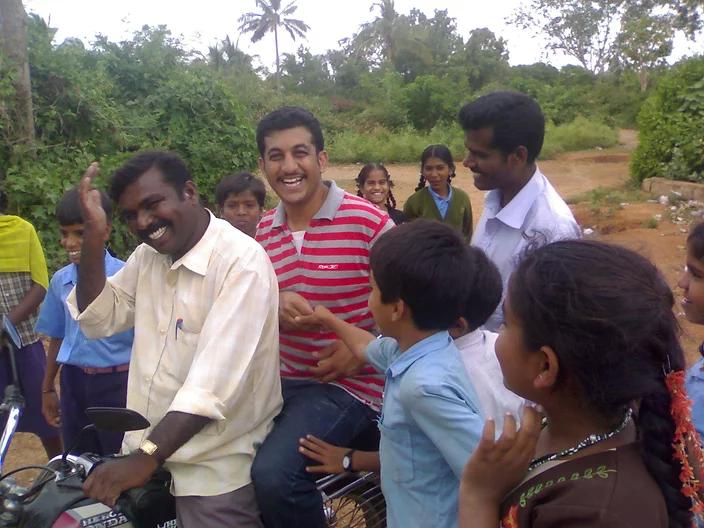
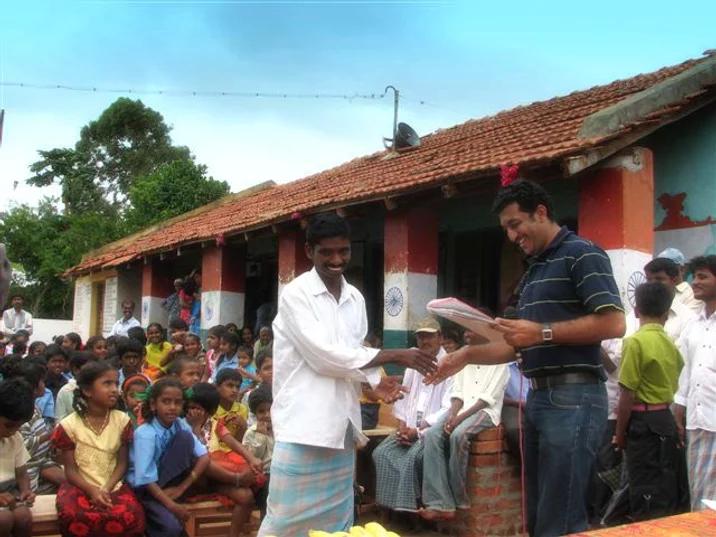
Very soon it became palpable that it was impossible to use the existing campus to create a formidable model school. Building a new campus required enormous amounts of funds, time and effort. Availability of land was the biggest of all concerns. Giving up on the idea wasn't an option and we believed sooner or later problems lead to opportunities. We wanted to look for participation from all constituents. Particularly, people who directly experience a problem have much to offer. We opened ourselves to the private, public and people partnership. Eventually residents of the village came forward and donated three acres of their land. Thus our biggest hurdle was overcome and we started to make blue prints for the new school building.
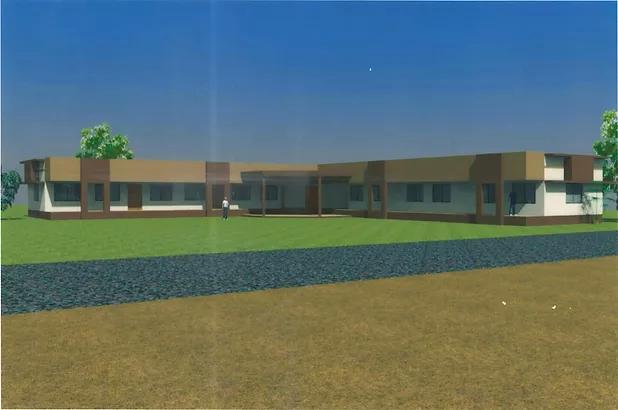
Computer generated plan of the new school building.
While we were planning on the constructional aspect of the proposed school, we conducted coaching classes to students. When we were teaching the primary school kids, we noticed that the nearby high school students also needed help. So we started coaching them too. They were enthusiastic, but had to take up a lot of learning as their basics were very weak. However, in a year’s time there was a new surge among the village children to learn and educate themselves. The results have started showing. In previous year just one kid from the village passed a grade 10 exam. While the year we started coaching the village saw 100% of the students clearing their grade 10 & 12 exams. This success became a headline in the local newspapers and provided us a major moral boost!
Appreciation started to pour in as the local administration and provincial government sanctioned funds. It was an amazing experience to witness such a surge in the participation level of villagers.
As I said, people who directly experience a problem have much to offer. These are the people who know the problem most intimately, and who will be able to make a meaningful contribution to the project. The entire village offered their services and they became agents of change. I am short of words in explaining the power of participation. This was the characteristic illustration of connection, engagement and action!
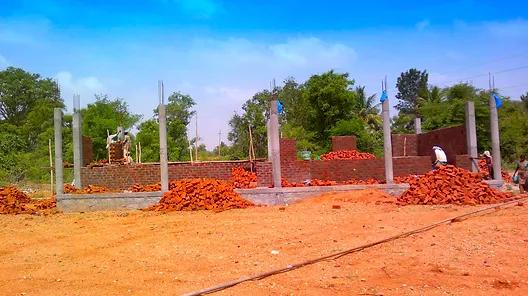
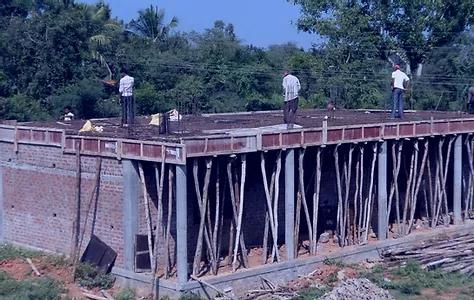
As the first phase of the building construction progressed, we started to think about the functional and operational aspects of the model school. How can we bring 'Equality in Educational Opportunity'?
The most formidable opinion was to provide urban amenities yet maintain the essence of the village. Providing facilities on par with private schools will set a stage for equal opportunity but how do we bring consciousness about environment, health & etc. Ultimately students who are graduating from this school shouldn't be only looking for opportunities in big cities. So sustainable natural farming was planned to be part of new curriculum. Access to clean water and sanitation was given primary importance.
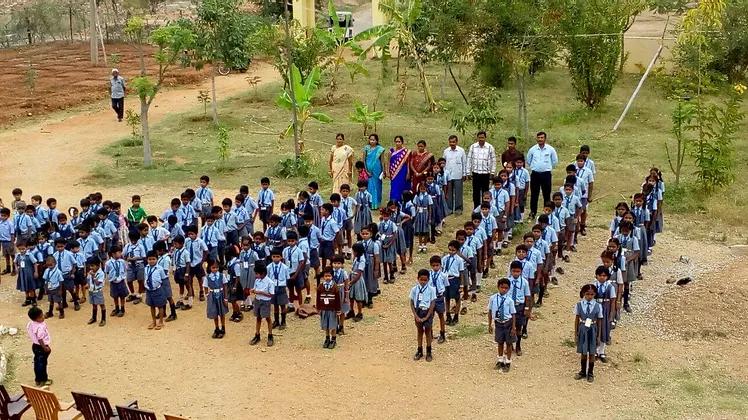 Today, we have a functional public school providing quality education to nearly 100 students. We have a clean and green campus where students are being educated by trained teachers. The state run mid day meal scheme is implemented to reduce dropout rate.
Today, we have a functional public school providing quality education to nearly 100 students. We have a clean and green campus where students are being educated by trained teachers. The state run mid day meal scheme is implemented to reduce dropout rate.
Students having their lunch in the campus.
Students conducting a science exhibition in the campus.
Farming in the school campus.
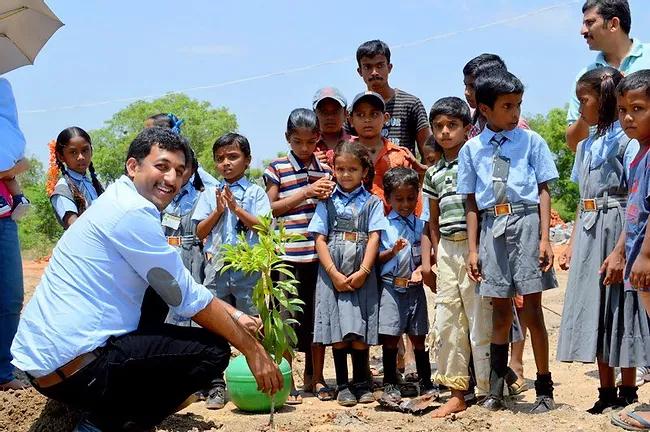 As I look back today, there was a tremendous success in objectives we met. The power of participation is incredible! An idea which originated from social obligation leading to social engagement. Through participation from people, a new infrastructure has been built and the state is running this school today and villagers have their say in the progress of this model school. We named this project MOVE an acronym for 'Model Village Education' which is committed to innovative teaching and learning practices and to meeting the social well-being of students. It is a novel solution to a social problem that is more effective, efficient and sustainable. I think this is a new beginning for a social innovation in 'Equality of Educational Opportunity".
As I look back today, there was a tremendous success in objectives we met. The power of participation is incredible! An idea which originated from social obligation leading to social engagement. Through participation from people, a new infrastructure has been built and the state is running this school today and villagers have their say in the progress of this model school. We named this project MOVE an acronym for 'Model Village Education' which is committed to innovative teaching and learning practices and to meeting the social well-being of students. It is a novel solution to a social problem that is more effective, efficient and sustainable. I think this is a new beginning for a social innovation in 'Equality of Educational Opportunity".
